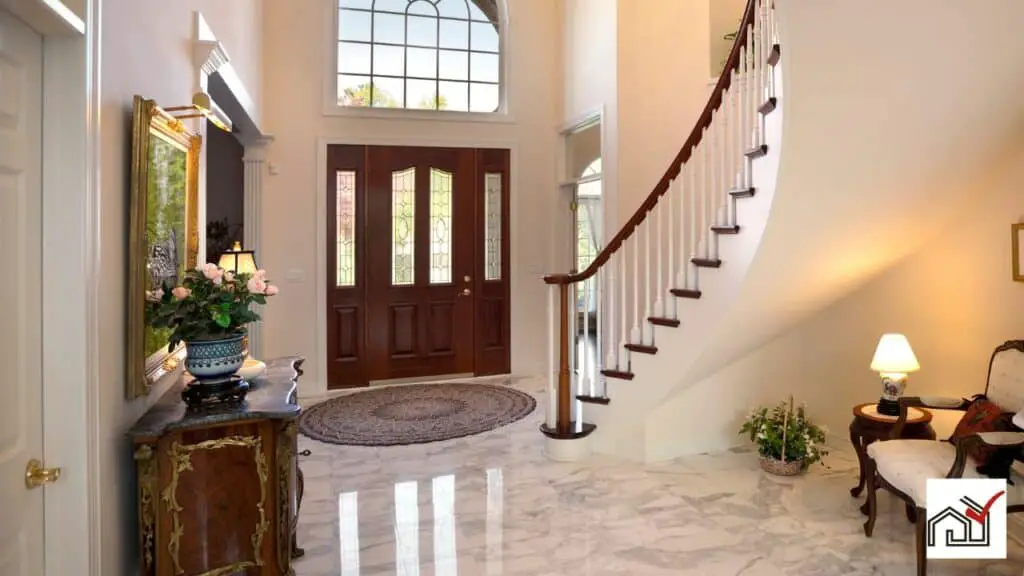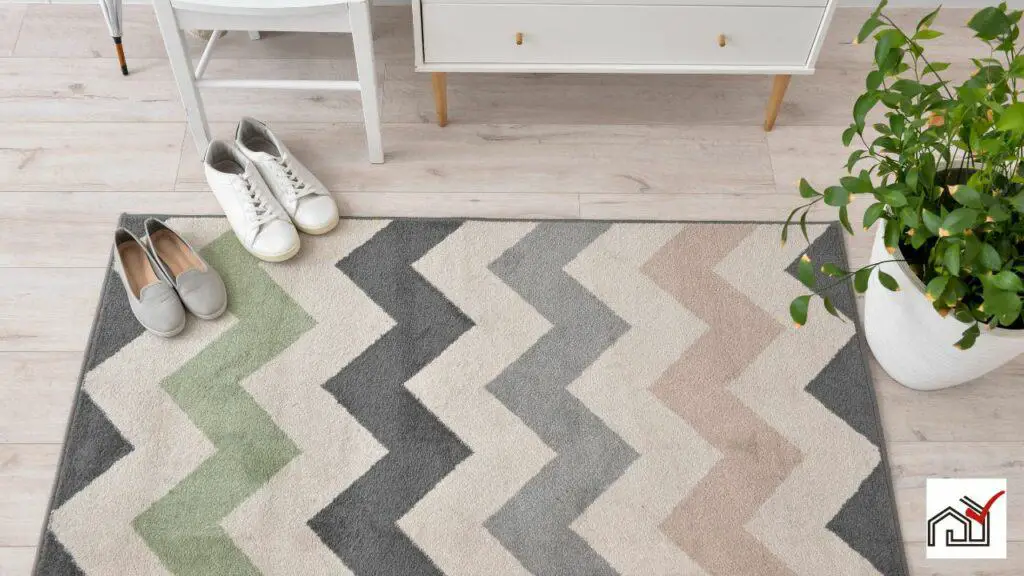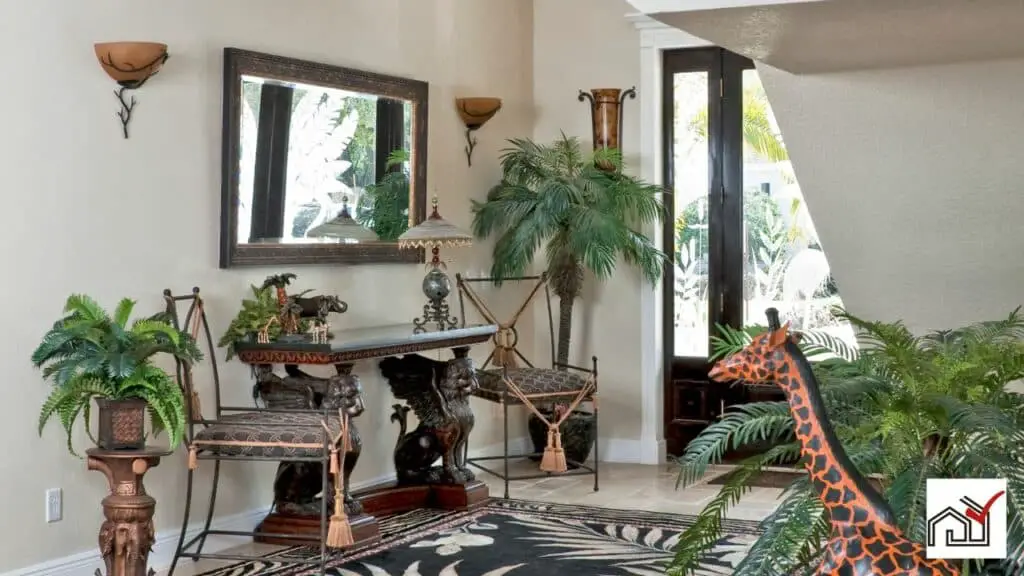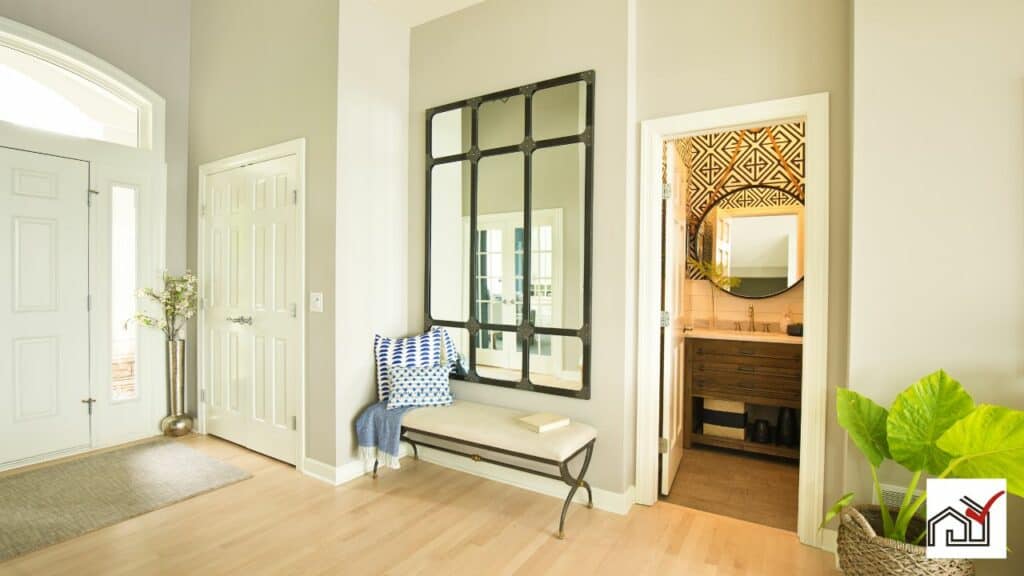The brightness of a foyer light should be sufficient to allow safe navigation and enhance the space's aesthetic. The ideal level of brightness depends on the foyer's size, height, color scheme, and decor. Light fixture type and placement also influence the required brightness.
The light should welcome guests without being too intense. LED bulbs are recommended for their energy efficiency and lower power usage, ensuring the foyer is well-lit in a cost-effective way.
Understanding Foyer Dimensions
When choosing light fixtures for a foyer, it's important to match them with the foyer's size and decor. The size of the fixture should be proportional to the space. A common option is a chandelier, which can be a focal point and provide ample light.
To determine the chandelier's diameter, add the foyer's length and width in feet, and then use this sum in inches. For a 12 by 16 feet foyer, the chandelier should be 28 inches in diameter.
For foyers with high ceilings, such as two-story spaces, the fixture's size should take into account the extra height. Square footage alone isn't enough; consider the volume created by the ceiling height and possibly select a taller or layered chandelier.
The chandelier's hanging height should also be proportional to the ceiling height. It's recommended to lower the chandelier 2-3 inches for each foot of ceiling height to ensure it hangs at an appropriate level and provides adequate light for the space.
Optimal Luminosity Levels
To determine the right amount of light for a foyer, measure the area in square feet and multiply by 1.5 to find the required wattage. For example, a foyer of 100 square feet needs 150 watts of light. This can be provided by one or several light fixtures.
The color temperature of the bulbs, measured in Kelvins, affects the light's warmth or coolness. Choose a color temperature to match the desired mood and function of the foyer.
Consider the efficiency of light bulbs like LEDs, which offer more light per watt than incandescent bulbs. This allows for fewer or lower wattage bulbs to achieve the same brightness.
Select light fixtures that combine aesthetic and practical lighting for an inviting entrance.
Calculating Required Wattage
To calculate the wattage needed for a foyer light, measure the length and width of the foyer in feet to determine the square footage. Multiply the square footage by 1.5 to find the required wattage. For example, a foyer that is 10 feet by 12 feet equals 120 square feet. Multiplying this by 1.5 gives 180 watts needed. This wattage can come from one bulb or several bulbs combined.
Consider the ceiling height as well, since higher ceilings might need more wattage for even light distribution. Choose bulbs with the right lumen output to match the calculated wattage for the desired brightness.
Measuring the foyer and calculating wattage accordingly will ensure the space is properly illuminated.
Choosing the Right Bulbs
When choosing bulbs for your foyer, match the lumen output with your required wattage for the right brightness. The bulb type affects the look and feel of your space. For chandeliers or pendant lights, select bulbs that enhance the fixture's design.
Consider ceiling height when selecting bulbs. High ceilings may need bulbs with more lumens, while lower ceilings require less intense bulbs for adequate lighting without being overpowering.
Lighting creates a first impression in your home, so the color temperature of bulbs is important. Warm light is inviting, while cool light appears brighter and more vibrant. Ensure all lights in the foyer have matching color temperatures for consistency.
Energy efficiency is also key. LED bulbs are favored for their long life and reduced energy use, offering cost savings. Choose LED bulbs that meet your foyer's lighting requirements, considering both wattage equivalency and actual wattage.
Fixture Proportions and Placement
Choose a foyer lighting fixture that matches the room size and place it for optimal aesthetics and lighting. The fixture's size and location are key for creating the right mood and lighting the area effectively.
The ceiling height is important for fixture selection. High ceilings may need a large or multi-tiered chandelier to fill the space and make an impact. Smaller entryways look better with simpler fixtures or wall sconces that fit the space without dominating it.
A chandelier should hang at least seven feet above the floor to avoid blocking the way and provide even light distribution. For a ten-foot ceiling, a fixture 20 to 30 inches high is usually good, while a 16-foot ceiling can take a fixture 32 to 48 inches high.
Place the fixture so it complements other elements like tables or art without causing glare or shadows. Wall sconces can frame decorative items or light walkways, adding to the foyer's lighting.
Properly sizing and placing fixtures makes the entrance welcoming, practical, and in line with the home's design.
Layering Light Sources
Layering light sources in a foyer provides adjustable brightness levels by combining ambient, task, and accent lighting to improve the space's look and practicality. The lighting significantly affects the initial impression of the entryway, setting the tone of the home's style.
For small foyers around 100 square feet, a central light, such as a chandelier or pendant, with additional wall sconces, can suffice. Wall sconces serve to enhance the space's features or artwork.
Larger foyers with high ceilings may need more light sources, like multiple pendants or a bigger chandelier, for even lighting.
It's important that all light fixtures use bulbs with the same color temperature to maintain a unified appearance, avoiding a mix of different light hues. Bulbs with color temperatures from 2700K to 3500K are generally recommended for a welcoming feel.
Adding dimmer controls to light fixtures improves the foyer's versatility. Homeowners can change the light intensity for different occasions, from bright for welcoming guests to dim for more intimate settings.
Harmonizing With Home Decor
To align a foyer light fixture with your home decor, ensure the design and brightness complement the architectural features and furnishings. The light should match the home's style and integrate smoothly into the foyer's aesthetic.
Choose wall sconces or a chandelier that fits the space without overpowering it. For high ceilings, a modest chandelier can add elegance without distracting from the ceiling's height. A good rule is to use a light fixture height that corresponds to the ceiling height, allowing for balanced proportions.
Select a light fixture that matches the shape of the foyer furniture. For example, a round chandelier can go well with a curved console table, while angular furniture pairs with a light fixture of similar lines.





